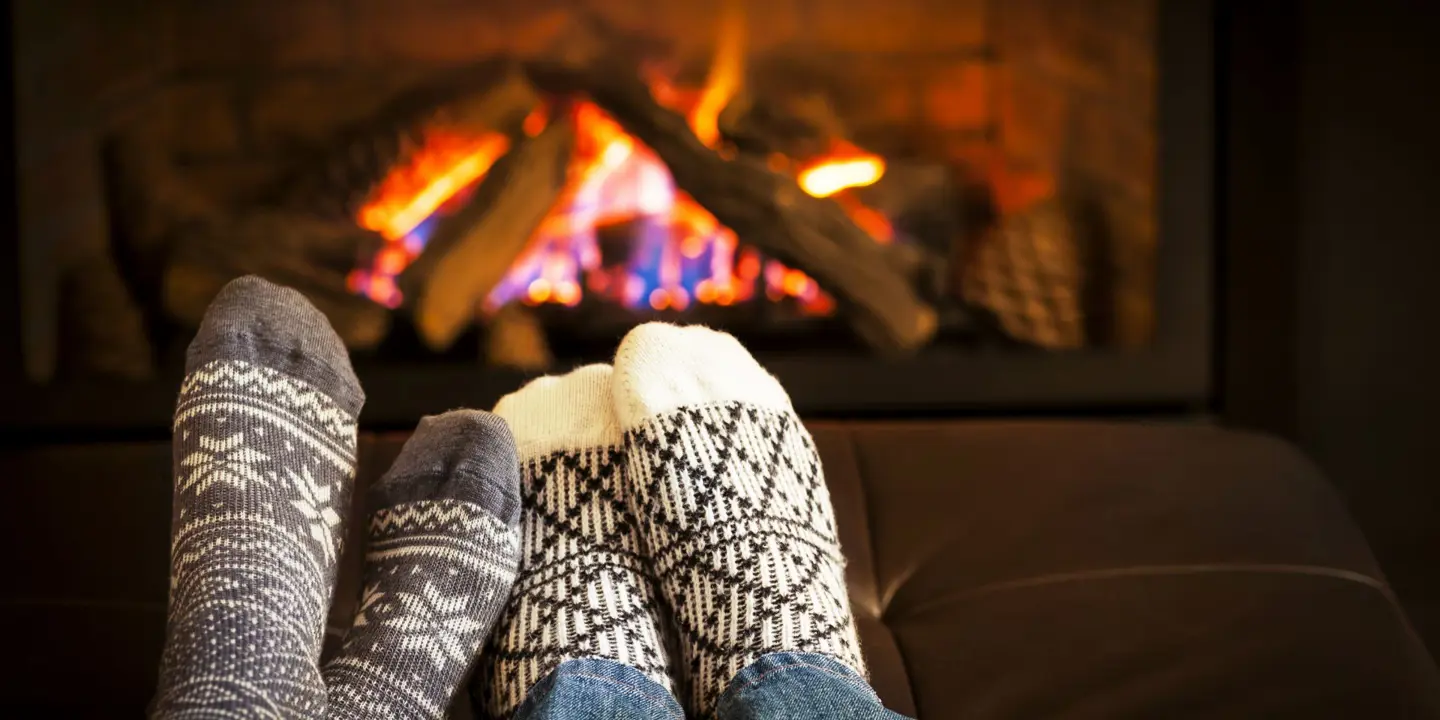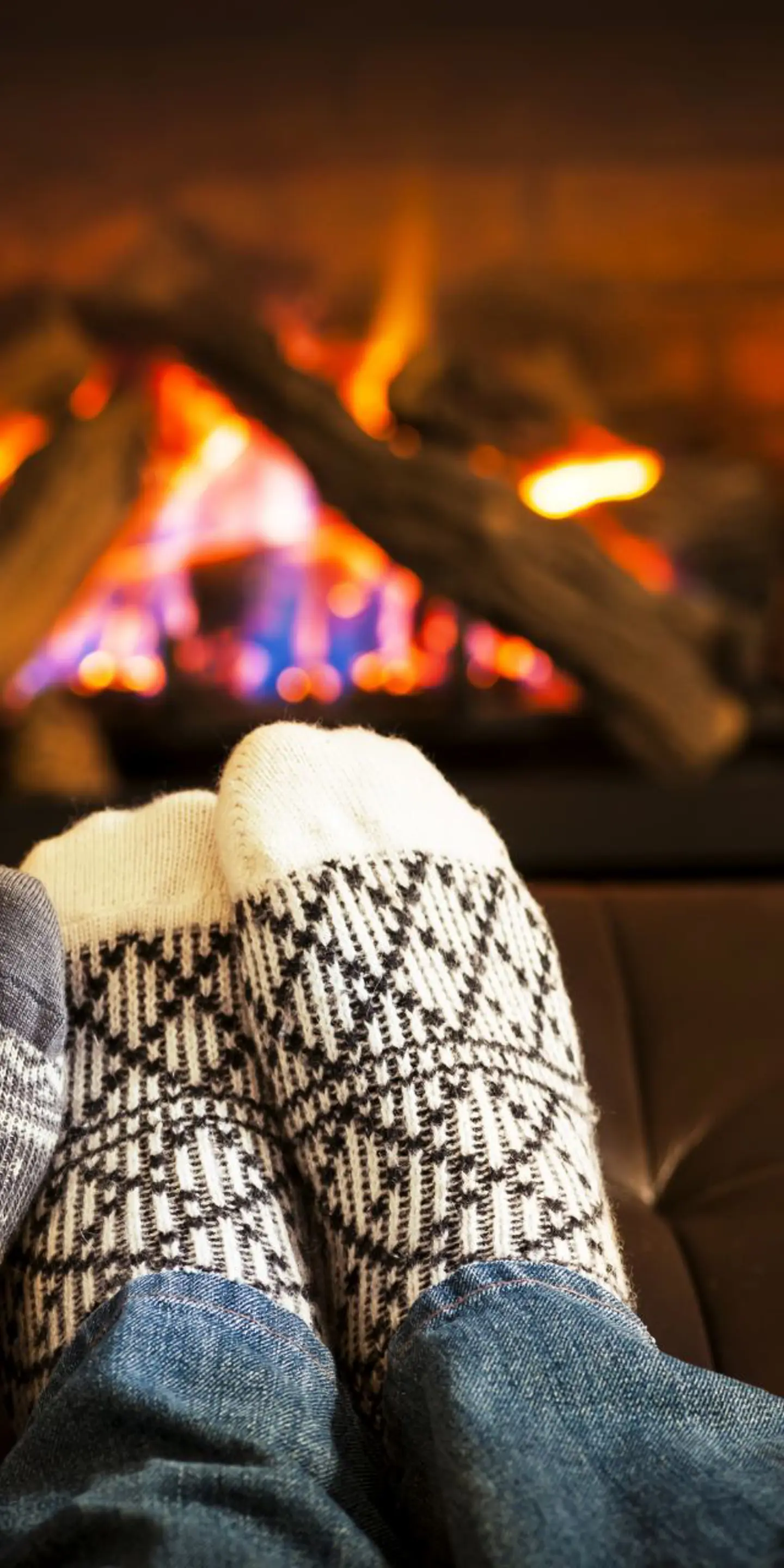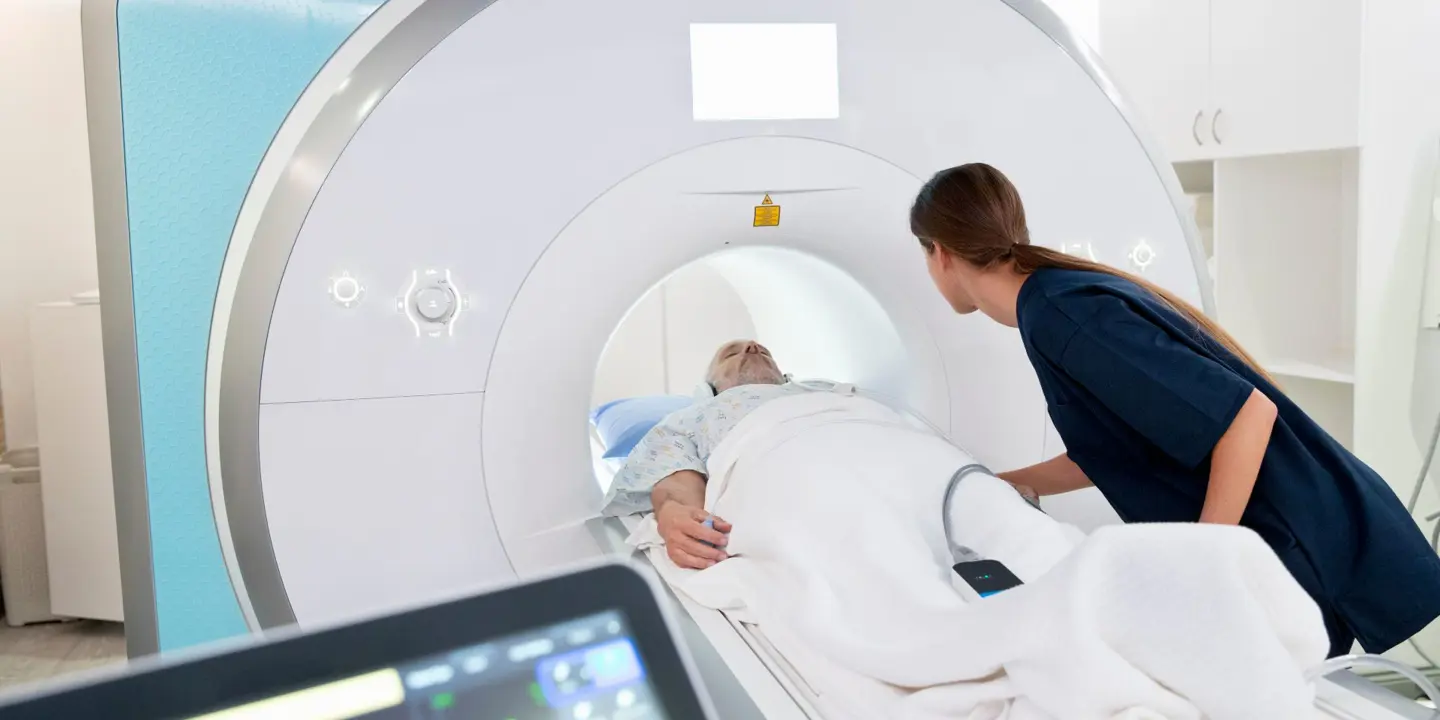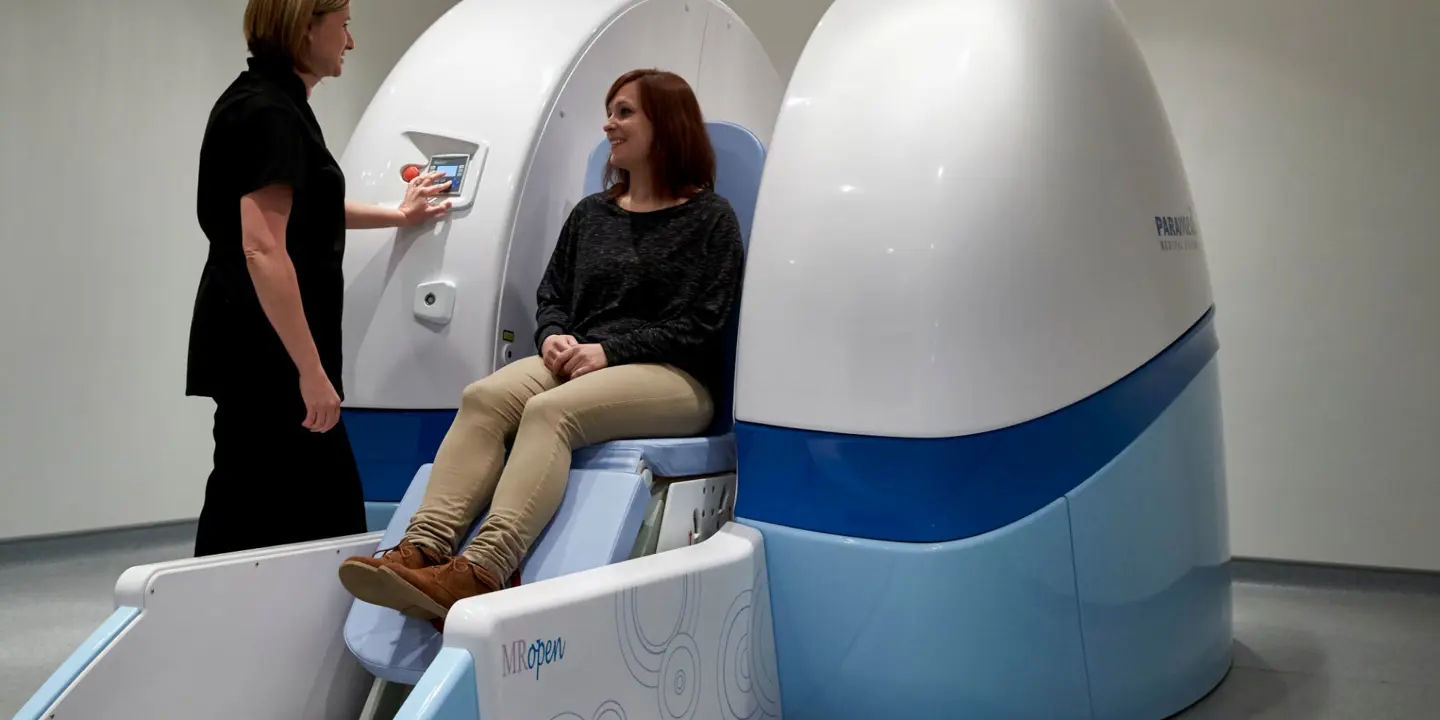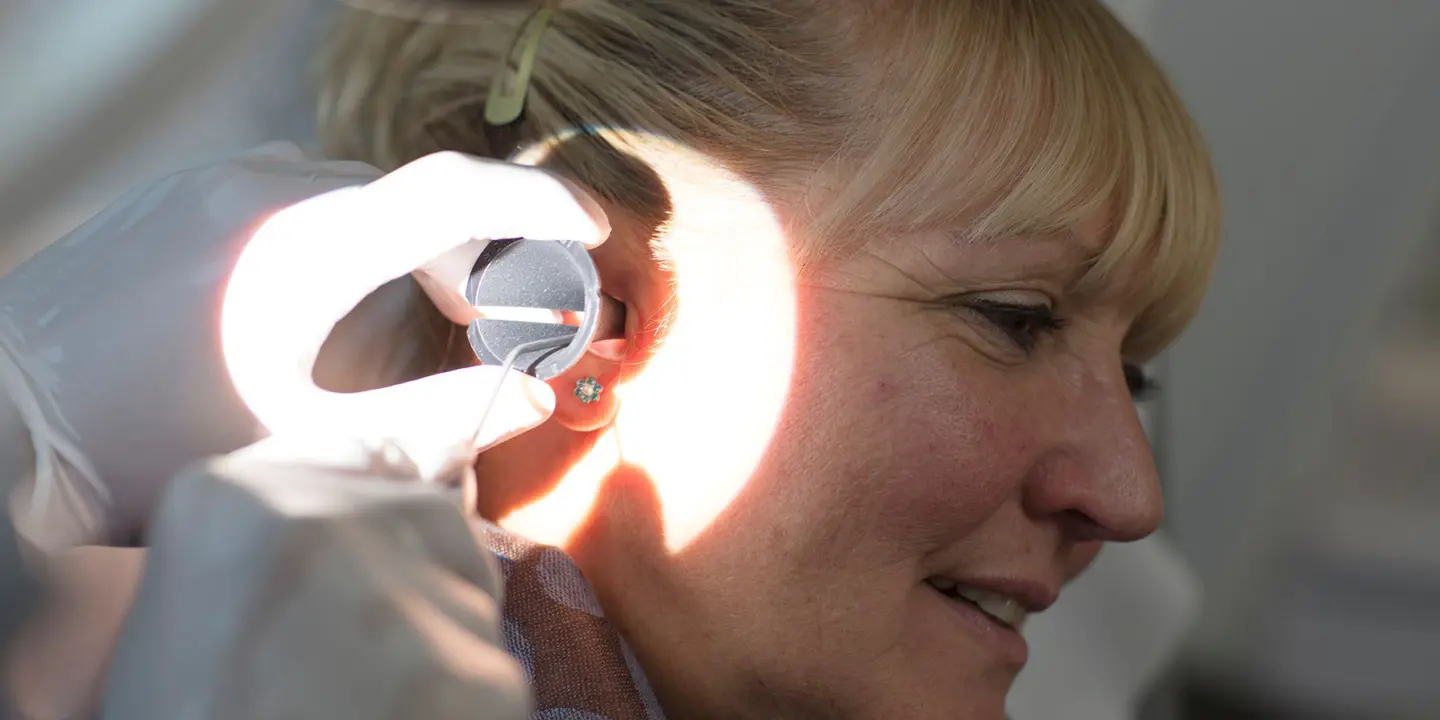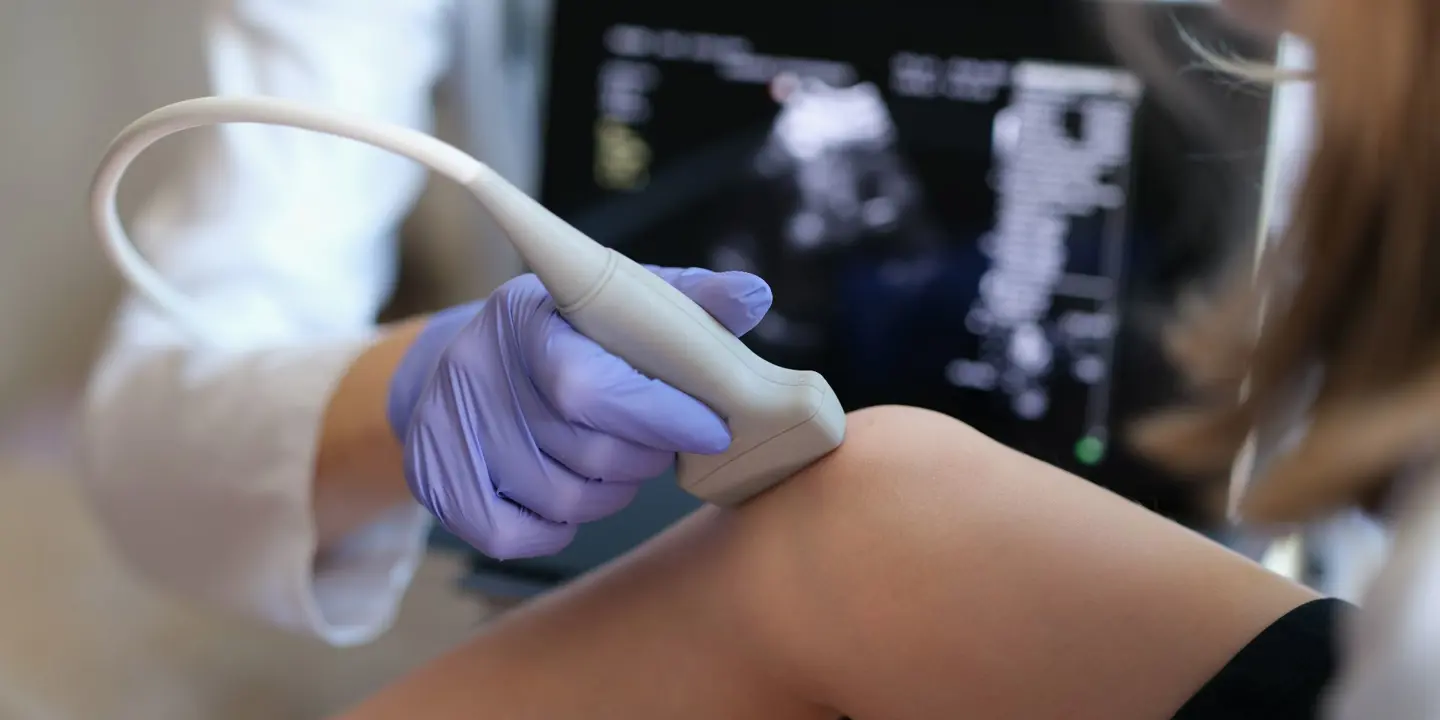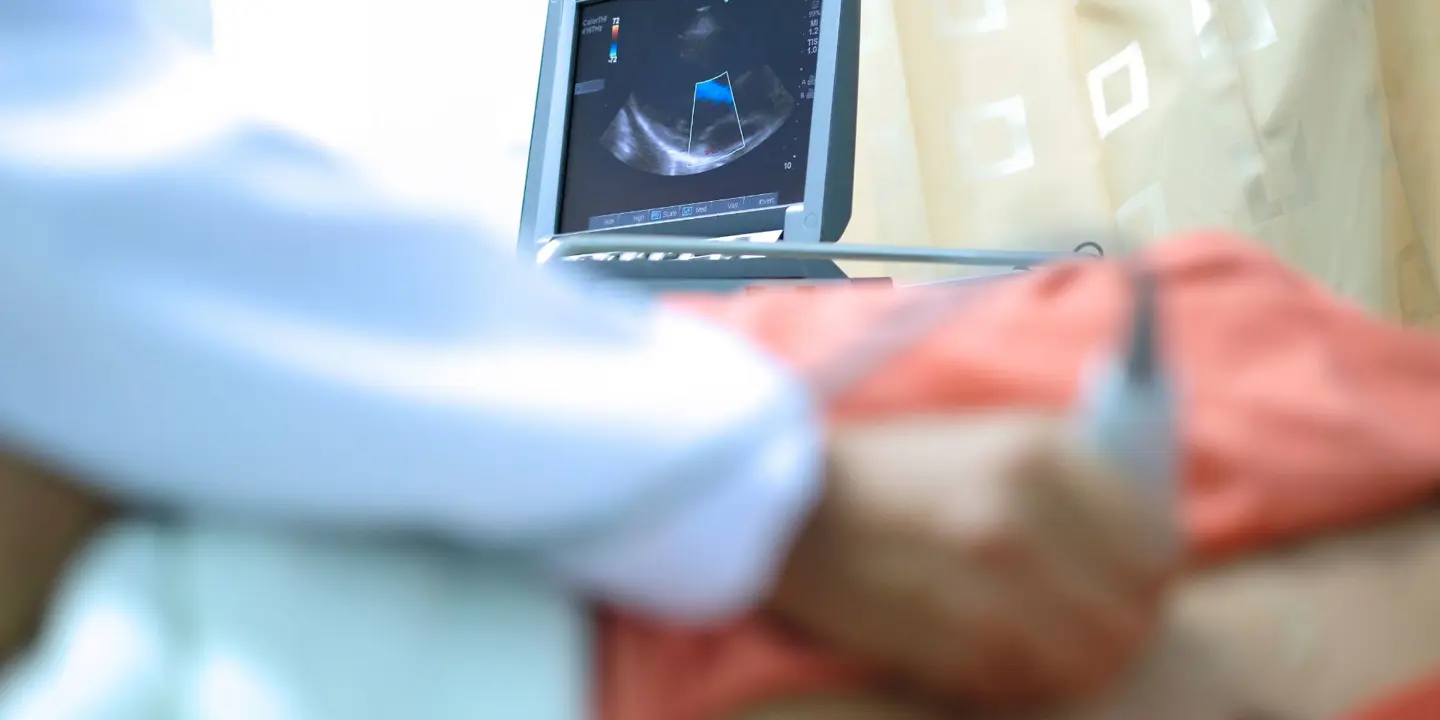Poor circulation is a term to describe an inadequacy of blood flow in certain regions of the body.
You may be wondering what causes circulation conditions? There are many contributing factors: smoking cigarettes, high cholesterol, high blood pressure, and a lack of physical activity can all increase your chances of developing this condition.
Are you living with poor circulation or concerned you may be developing it? Read on for a guide on how to manage this over the winter period.
What are the signs of poor circulation?
The classic first symptom of poor circulation is a cold sensation in the legs and feet. Beyond this unpleasant feeling in your extremities, you may also suffer from one or more of the following symptoms:
-
Swollen veins – these are varicose veins, and they have a spiderweb appearance.
-
Skin discolouration – your skin could turn a bluish shade in places.
-
Ulcers – these may especially occur on the feet or legs.
-
Split or weeping skin - stasis dermatitis or varicose eczema are skin disorders that commonly coincide with poor circulation.
-
Aches or leg pain – cramps or throbbing sensations are common symptoms.
-
A heaviness in your legs and feet – this is due to the accumulation of fluid in these areas.
-
Restless legs – this becomes more common as you age.
-
Pelvic pain – pelvic congestion feels like an unpleasant dragging sensation in the pelvis area.
-
Numbness and tingling – a “pins and needles” feeling is the result of restricted blood flow.
-
Slow toenail growth or reduced hair growth and dry skin on legs – these are signs that these areas aren’t receiving an adequate blood supply.
Is it blood circulation or just winter cold?
In winter, it can be tough to tell whether numb fingers and toes are due to cold conditions or poor circulation. After all, the cold takes blood away from fingers and toes to keep the internal organs warm.
It’s normal to have icy fingers and toes if you’re out in the cold, but if these symptoms continue regardless of temperature conditions, that’s a sign of an underlying health problem. Cosy socks and knitted mittens won’t be enough to keep your extremities warm in that case.
Head to the doctor when you suspect you have more than a normal case of winter chills. It could be that you’re suffering from Raynaud’s disease. This is when your feet and hands are extra sensitive to temperature, and the stress can affect blood flow to these regions.
What can you do this winter if you have poor circulation?
Here are four steps you might take over winter to improve your blood circulation:
Exercise and stretch
Just 30 minutes of gentle activity a day, such as walking, can help promote healthy blood flow around the body. Vein Clinics also recommends stretching as a method to increase blood flow to your body’s tissues and organs, so why not try a yoga class this winter?
Get a massage and manage stress more effectively
Massage is a great stress reliever. It also helps to stimulate your body’s blood flow. By encouraging lymph fluid to flow through the lymph vessels, massages can improve the immune system and how it functions. Stress exacerbates all kinds of health conditions, including poor circulation, so avoid it where possible over the festive season!
Drink water, cut back on alcohol
Christmas means celebrations, and that often means excessive alcohol intake. However, overconsumption of alcohol will only make your circulation issues worse. Instead, you should aim to drink more water. Spread your fluid intake out over the day to avoid stressing out your system.
Elevate your legs
Over winter, you might turn to your favourite woolly socks. You should also wear compression socks, though, and put your feet up – literally. Elevating your legs can help improve blood flow to this area, easing discomfort and the side effects of poor circulation.
What are the dangers of poor circulation?
Poor circulation is commonly suffered by adults, especially as they age. That doesn’t mean it isn’t serious, though. Poor blood circulation makes it harder for your body to fight off disease, and if it stops oxygen from reaching vital organs, the consequences are dire.
Some of the gravest risks of poor circulation include strokes, cardiovascular issues, and complications due to infected skin ulcers or blood clots. Air travel can exacerbate the issue.
For all these reasons, it makes sense to avoid poor circulation when possible and treat it urgently when necessary. Speak to your doctor if you’re concerned about your circulation.
Diagnose your condition with Vista Health
You may also benefit from a cardiac MRI scan, which can help detect blockages in the larger sections of the coronary arteries. As circulation issues can be dangerous for heart health, a cardiac MRI scan, that produces images of the heart muscle and valves, can help to assess both its structure and function. It’s a useful tool in identifying symptoms of coronary heart disease like limited blood supply.
Discover all our services here or make an enquiry today.

